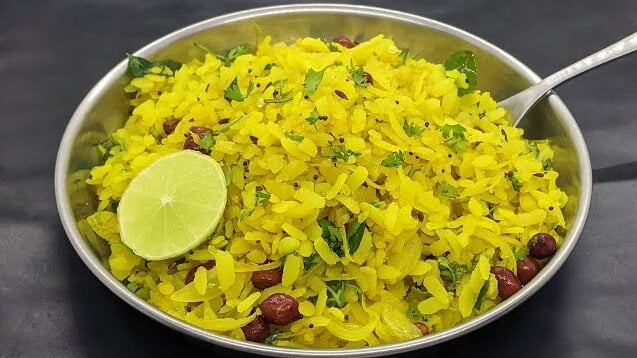Gulab Jamun
Gulab Jamun: The Divine Indulgence of Sweetness
Gulab Jamun In the realm of Indian desserts, few can rival the heavenly delight of Gulab Jamun. This dish has a Unique place in the heart of all Indian and all loves this dish. With its melt-in-your-mouth texture, aromatic syrup, and irresistible sweetness, Gulab Jamun has become a beloved dessert at festivals, weddings, and celebrations worldwide. In this article, we delve into the tantalizing world of Gulab Jamun, exploring its origins, preparation, and the sheer joy it brings to those fortunate enough to savor its divine flavors.
Origins and Significance Of Gulab Jamun
The origins of Gulab Jamun can be traced back to the medieval era of the Indian subcontinent. The name "Gulab Jamun" is derived from two words: "Gulab," which means rosewater, and "Jamun," referring to a small berry indigenous to the region. The sweet delicacy is said to have been introduced by the Mughals, who were known for their love of rich, indulgent desserts.
Gulab Jamun holds immense cultural significance and is an integral part of Indian cuisine. It is often prepared and served during festivals like Diwali, Eid, and Holi, as well as joyous occasions such as weddings and birthdays. The very presence of Gulab Jamun evokes a sense of celebration and happiness, making it an essential component of any grand feast.
Preparation and Ingredients: For the Julab Jamun
Gulab Jamun is traditionally made from khoya (reduced milk solids), which is kneaded into a smooth dough with a small amount of flour and a pinch of baking powder. The dough is then shaped into small round balls, ensuring they are free of cracks, which would cause them to break during frying.
To prepare the syrup, a combination of sugar, water, and a hint of rosewater or cardamom is heated until the sugar dissolves, creating a fragrant and sticky syrup. The fried Gulab Jamun balls are then immersed in the syrup, allowing them to soak up the flavors and become irresistibly soft and juicy.
Variations and Accompaniments: Gulab Jamun
While the classic Gulab Jamun recipe remains timeless, various regional variations have emerged over time. Some popular adaptations include adding saffron, and nuts, or even stuffing the khoya dough with a mixture of dried fruits before frying. These variations add a delightful twist to the traditional recipe, infusing it with new flavors and textures.
Gulab Jamun is typically enjoyed warm, either on its own or accompanied by a scoop of vanilla ice cream. The contrast between the warm, syrup-soaked Gulab Jamun and the cold creaminess of the ice cream creates a harmonious symphony of flavors that elevates the dessert to new heights.
Conclusion:
Gulab Jamun, with its rich history, decadent flavors, and captivating aroma, continues to be a favorite indulgence for dessert enthusiasts worldwide. Its enduring popularity lies not only in its divine taste but also in the joy and nostalgia it evokes. Whether you are celebrating a special occasion or simply craving something sweet, Gulab Jamun is the ultimate treat that promises to transport you to a realm of pure bliss. So, indulge your senses, savor each delectable bite, and experience the magic of Gulab Jamun—a dessert that truly captures the essence of sweetness.




Comments
Post a Comment